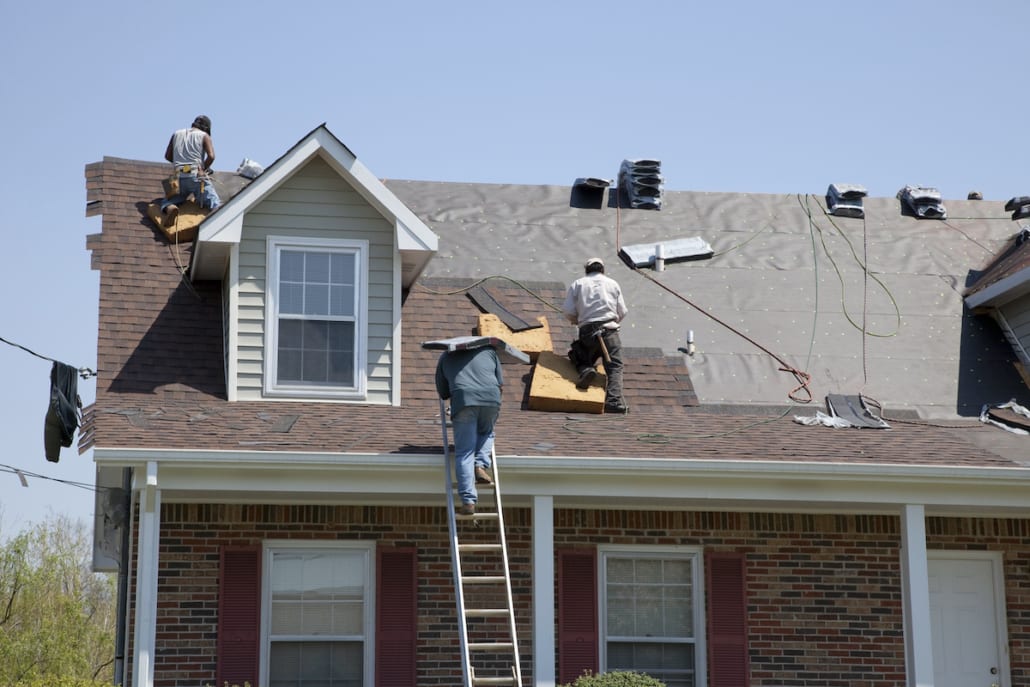Posted on April 13, 2024
Roofing Insurance 101: How to Navigate Coverage Options and Ensure Peace of Mind

Image Source: Google
As a homeowner, one of the most critical aspects of protecting your property is having the right insurance coverage for your roof. Roof damage can be a significant and costly issue, so understanding your insurance options and making sure you have adequate coverage is essential for your peace of mind. This article will guide you through the basics of roofing insurance, helping you navigate coverage options and ensure you are well-protected.
Understanding Roofing Insurance Coverage
Types of Roofing Insurance Coverage
- Homeowner's Insurance: This type of insurance typically covers damage to your roof caused by covered perils, such as fire, hail, wind, or fallen trees. However, it may not cover damage from wear and tear or neglect.
- Flood Insurance: If you live in a flood-prone area, it's essential to have flood insurance to protect your roof from water damage.
- Windstorm Insurance: This type of coverage specifically protects your roof from damage caused by high winds.
- Roof Warranty: Some roofing materials come with a warranty that covers repair or replacement in case of certain types of damage. It's crucial to understand what is included in your roof warranty.
Factors That Affect Roofing Insurance Coverage
- Age and Condition of Your Roof: The age and condition of your roof can affect the type of coverage you can get and the cost of your insurance premiums.
- Location: Your location plays a significant role in determining the type of coverage you need, especially if you live in an area prone to natural disasters like hurricanes, tornadoes, or wildfires.
- Materials Used: The type of roofing materials you have can impact your insurance coverage. Some materials are more durable and resistant to damage, which can affect your premiums.
- Previous Claims: If you've made previous claims for roof damage, it may affect your ability to get coverage or the cost of your premiums.
Maximizing Your Roofing Insurance Coverage
Regular Roof Maintenance
- Regularly inspect your roof for signs of damage or wear and tear.
- Keep your gutters clean and free of debris to prevent water damage.
- Trim overhanging branches that could potentially damage your roof during storms.
- Address any minor issues promptly to prevent them from turning into major problems.
Reviewing Your Policy
- Review your insurance policy regularly to ensure you have adequate coverage for your roof.
- Understand what is covered and what is not covered under your policy.
- Consider adding additional coverage if you live in a high-risk area or have valuable roofing materials.
- Discuss any concerns or questions with your insurance agent to clarify your coverage options.
Dealing with Roof Damage Claims
Steps to Take When Filing a Claim
- Contact your insurance company as soon as you notice damage to your roof.
- Document the damage with photos and written descriptions.
- Get estimates from reputable roofing contractors for the cost of repairs or replacement.
- Work with your insurance adjuster to assess the damage and determine the coverage amount.
Tips for Successful Roof Damage Claims
- Provide thorough documentation of the damage to support your claim.
- Choose a reputable roofing contractor to provide estimates and perform the repairs.
- Keep records of all communication with your insurance company and roofing contractor.
- Follow up with your insurance company to ensure your claim is processed promptly and fairly.
Conclusion
Roofing insurance is a crucial aspect of protecting your home and ensuring your peace of mind. By understanding the different types of coverage available, factors that affect your coverage, and maximizing your policy, you can navigate the world of roofing insurance with confidence. In case of roof damage, being prepared to file a claim and following the necessary steps will help you get the coverage you need to repair or replace your roof. Remember, having the right insurance coverage for your roof can make a significant difference in the long-term protection of your home.
